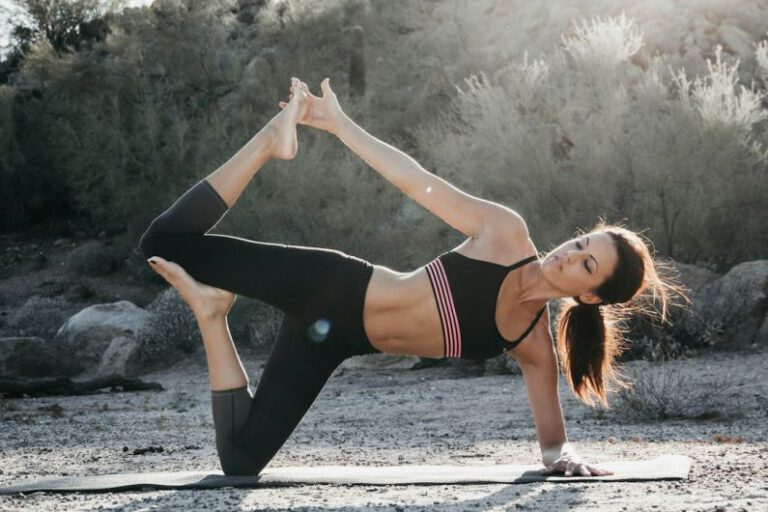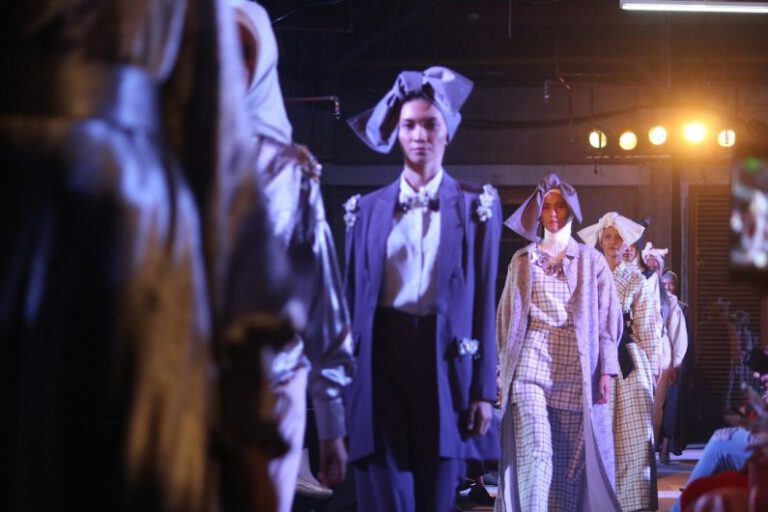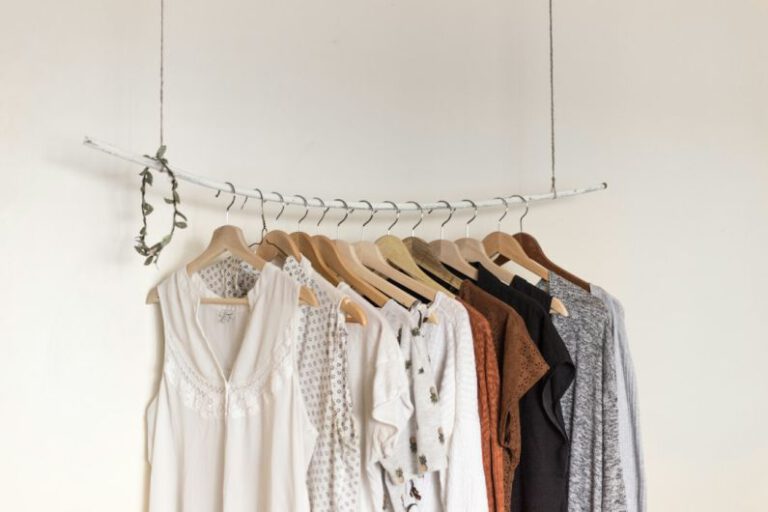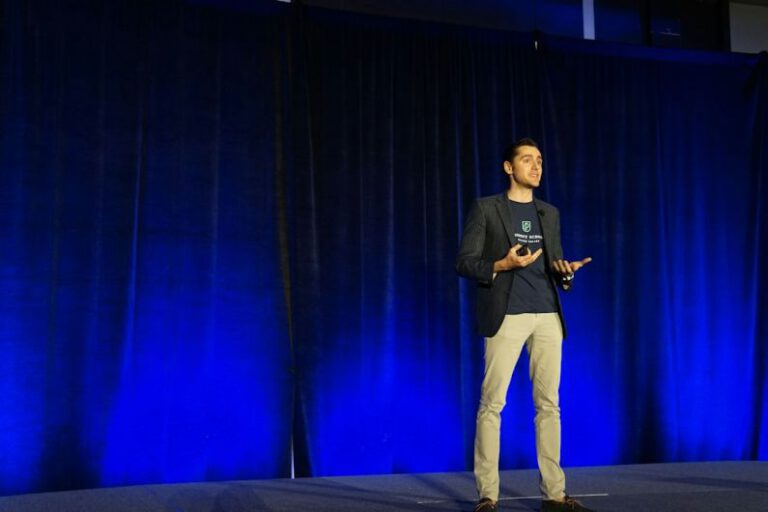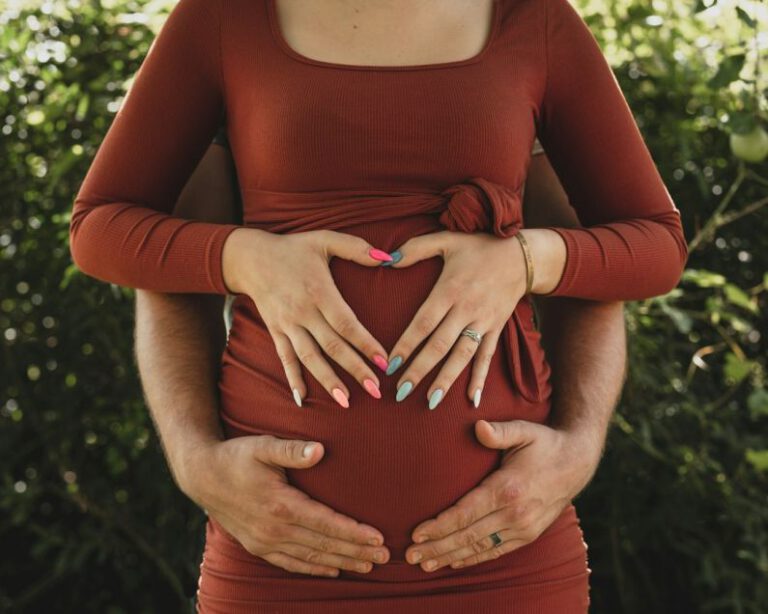Storing Baby Clothes for the Next Child
Parents often find themselves with an abundance of baby clothes that their little ones have outgrown. Instead of throwing them away or giving them away, why not store them for the next child? Storing baby clothes not only saves money but also helps to preserve sentimental value. Here are some tips on how to store baby clothes effectively.
Sort and Organize
The first step in storing baby clothes is to sort and organize them. Start by going through each item and separating them into categories such as onesies, pajamas, tops, bottoms, and accessories. This will make it easier to find specific items when you need them later on. You can further organize each category by size or season if desired.
Clean and Prepare
Before storing baby clothes, it is important to clean them properly to prevent any stains or odors from setting in. Follow the washing instructions on the labels and use a gentle detergent. Once the clothes are washed, make sure they are completely dry before storing them to prevent mold or mildew.
Choose the Right Storage Containers
Investing in the right storage containers is essential for preserving the quality of baby clothes. Opt for plastic containers that are sturdy, waterproof, and have tight-fitting lids to keep out dust, pests, and moisture. Avoid using cardboard boxes as they are more prone to damage and cannot protect clothes adequately.
Label and Seal
To make it easier to find specific items later on, label each container with the contents inside. You can use adhesive labels or write directly on the container with a permanent marker. Additionally, sealing the containers tightly will help to maintain the freshness of the clothes and prevent any unwanted pests from getting in.
Consider Vacuum Storage Bags
If you are short on space, consider using vacuum storage bags to maximize storage capacity. These bags compress the clothes by removing excess air, allowing you to store more in a smaller space. However, be mindful not to overstuff the bags as this can cause the clothes to wrinkle or become misshapen.
Find a Suitable Storage Location
When storing baby clothes, it is important to find a suitable storage location that is cool, dry, and away from direct sunlight. The ideal temperature for storing clothes is between 60-70 degrees Fahrenheit. Basements, attics, and closets are common storage areas, but make sure to avoid areas that are prone to humidity or extreme temperature fluctuations.
Maintain Regular Inspections
Even though baby clothes are stored away, it is still important to regularly inspect them for any signs of damage or deterioration. Check for any stains, yellowing, or mold growth and address these issues immediately. It is also a good idea to periodically rotate the clothes to prevent them from becoming too compressed or wrinkled.
Pass It On
If you find that you have accumulated more baby clothes than you can use, consider passing them on to friends, family, or charitable organizations. Many parents appreciate receiving gently used baby clothes, and it can help to reduce waste. Just make sure to keep the clothes in good condition and properly laundered before giving them away.
In conclusion, storing baby clothes for the next child is a practical and sustainable way to save money and preserve sentimental value. By sorting, cleaning, choosing the right containers, labeling, and finding a suitable storage location, parents can ensure that the clothes remain in good condition for future use. Regular inspections and passing on clothes that are no longer needed are also important steps in maintaining an organized and efficient storage system. So, instead of discarding those adorable baby clothes, consider storing them for the next bundle of joy in your life.

